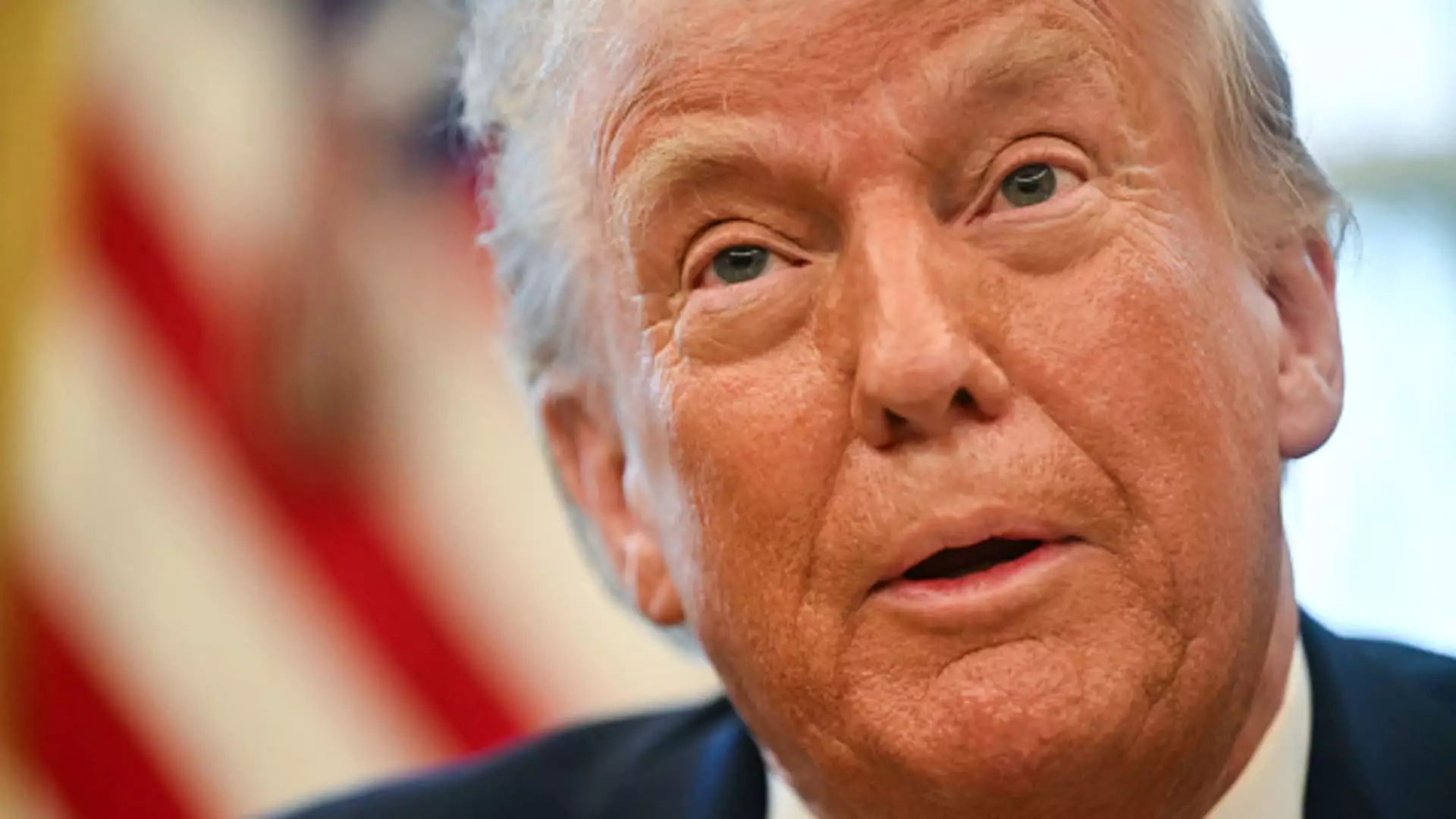In recent years, sovereign wealth funds, which are state-owned investment funds or entities, have gained popularity as tools for economic development among various countries. The concept revolves around managing national savings for future generations, often generated through revenues from natural resources. Today, with the world’s geopolitical landscape shifting, the United States is considering establishing its own sovereign wealth fund under President Donald Trump’s new directive. This initiative aims not only to bolster economic development but also to explore innovative funding mechanisms for major projects.
The Objectives of the U.S. Sovereign Wealth Fund
President Trump’s executive order sets a bold vision for this proposed fund to involve key economic infrastructures—roads, airports, and possibly extend American influence in strategic locations like Panama and Greenland. Treasury Secretary Scott Bessent noted that the initiative could potentially monetize various U.S. assets to benefit American citizens. However, the plan lacks comprehensive details, leaving many questions unanswered about its implementation, management, and operational transparency.
One of the intriguing aspects of the proposed wealth fund is the potential funding sources. Trump has suggested tapping into tariffs as a means of financing national projects, akin to strategies witnessed in countries that successfully operate sovereign wealth funds. Nations such as Norway and Singapore brilliantly utilize their substantial resource revenues to innovate and invest across global markets. The United States, however, has been wrestling with budget deficits, making the feasibility of such a fund urgent yet complicated.
Critics of the plan argue that the U.S. operates under a fundamentally different fiscal structure than countries like Norway, which runs a surplus thanks to its oil revenues. Therefore, discussions about funding and long-term viability raise valid concerns regarding the sustainability of creating a wealth fund.
Another facet that distinguishes this initiative is the possible acquisition of the social media platform TikTok. Trump has indicated that this U.S. partnership could represent an opportunity for investment while addressing national security concerns about Chinese influence. The proposal to temporarily allow TikTok to operate highlights the complexities of navigating foreign relations intertwined with domestic economic strategies.
Challenges and Criticisms
While the concept of a U.S. sovereign wealth fund may bring forth exciting domestic opportunities, many analysts emphasize the necessity for stringent governance and transparency. History has shown that poorly managed funds can spiral into corruption and inefficiency. For the U.S. to integrate such a fund into its economic framework, it will need to establish robust regulations to uphold accountability and public trust.
Furthermore, critics question whether a wealth fund can genuinely reduce dependency on Treasury debt given the current fiscal challenges and a history of budget deficits. As countries like Norway and China demonstrate success through transparency and robust resource management, the U.S. must consider whether it can create a system that serves its interests without replicating past pitfalls.
The proposal for a U.S. sovereign wealth fund certainly presents an opportunity for economic revitalization and innovative funding of national projects. However, its success hinges on effective planning, clear guiding principles, and an unyielding commitment to transparency. With the right structure, the fund could serve as a competitive tool on the global stage, potentially reshaping how the U.S. navigates both national and international economic arenas. Yet, only time will tell if this initiative can overcome the skepticism surrounding budget deficits and governance issues.

